
Citroën C6 Saloon (2006-2012) engines, drive and performance
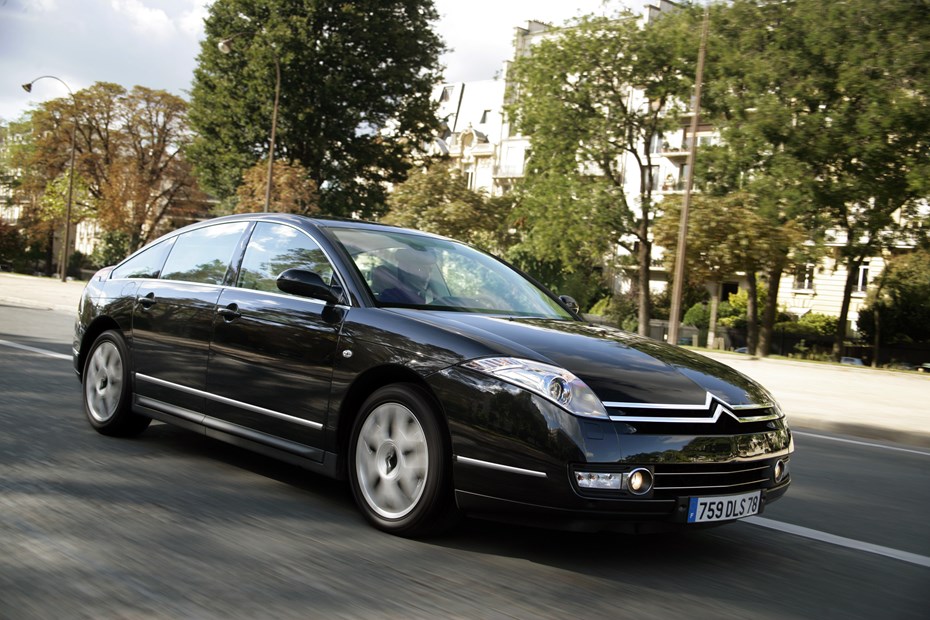
- V6 diesel is the obvious choice
- It’s also by far the easiest to find
- 3.0-litre diesel rare, but worth finding
It’s inevitable for a French big car, particularly at the start of the 21st century, to be designed around diesel. Citroen pioneered ‘quick diesels’ with the C6’s ancestor, the CX 25 DTR Turbo 2 – and it pioneered ‘unreliable diesels’ at the same time, when once the sheer robustness of diesel engines was all they had going for them.
Most used C6s you can find feature the 2.7-litre V6 diesel. This is the engine developed with Ford and Jaguar and used in the XJ, S-Type, XF, Discovery and Range Rover as well as the Citroen C5 and Peugeot 407. It produces 204hp in the front-wheel drive C6 application, with twin-turbocharged boost for an impressive amount of torque. When new it was refined, with a pleasing growl and effortless progress through the gears.
The Citroen C6’s weight holds it back from being a ‘quick’ car, but high-speed continental cruising is a breeze for a well-adjusted, healthy 2.7 V6 diesel, and on longer runs real-world economy should exceed 40mpg easily.
In 2009 the 3.0 HDi replaced the 2.7. It upgraded power to an impressive 240hp, but this was used for lower emissions and better economy, rather than extra performance. It’s a more reliable engine overall, but extremely hard to find – and at high mileages you can expect it to need replacement turbochargers (make sure there’s no smoke under hard acceleration) as well as the usual wear and tear associated with modern diesel technology.
Which Citroen C6 should I avoid?
Common sense says ‘all of them’, but if you’re going to take the plunge then the 2.2HDi with 173bhp is arguably the weakest link. This is the only model available with a manual gearbox, but the six-speed transmission lacks feel and precision and while average economy is better on paper, in normal driving you have to work the car hard to make progress and it’s not much better than a 2.7 V6 yet loses much of the refinement and effortless nature of the car.
For ULEZ you have one option – the 3.0-litre petrol V6. It’s slower than the diesel, and while it is quiet, it has to be revved hard to produce the full 212hp. It’s also no easier to maintain, needing more frequent timing belt changes and having a tendency to consume coil packs and develop misfires and running issues in the Peugeot 406 and 407 where you’re most likely to find this engine. It’s also hideously thirsty – you may as well get a Jaguar XJ8.
We don’t have enough data on petrol C6s to give a detailed lowdown on the model – that’s how rare they are. You may find it easier to get one as a Japanese or Australian import.
Citroen C6 handling
- Very talented, but not fun
- You can’t hide the car’s bulk
- But it’s still impressive
Although the Citroen C6 should represent the peak of Citroen’s pressurised, pneumatic suspension it’s actually one of the simplest setups, and shares a lot of common ground with rivals. If you want the state-of-the-art in traditional fluid ride from Citroen you’ll want to find a Xantia Activa.
Citroen would argue that that C6 (and C5) made the complex Activa redundant by using higher pressure and computer control – and for most drivers, Hydractive 3+ is ‘good enough’. The damping is firmed up in a similar way to adaptive dampers on conventional cars, by varying the valve that controls oil flow, but springing is still by gas, and you can still raise or lower the car for poor roads or servicing.
This means that you must be extremely careful when working underneath a C6.
Set up for comfort rather than responsiveness, the C6 has a complex active suspension system designed to prevent vibrations from the road reaching the occupants. Instead of conventional metal springs it uses an electronically controlled hydraulic suspension system, with two stiffness level and 16 damper settings. While the system is set up for comfort, it automatically firms up when the driver uses harsher acceleration and braking.
The steering is generally light and easy to use, but lacks feel, which combined with a wallowy nature in corners, means the C6 is not a particularly enjoyable car to drive on twisting roads. The brakes are disappointing too and the car pitches and dives a considerable amount. It’s much happier wafting along the motorway than tackling bends.



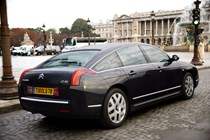

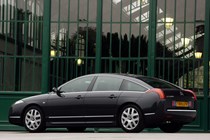
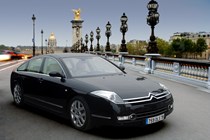
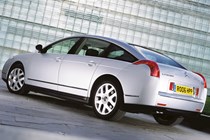
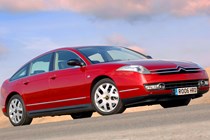

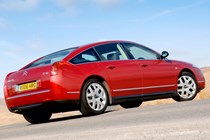
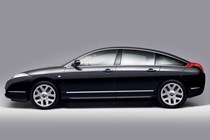
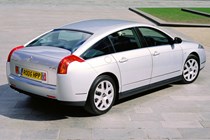
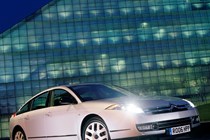
.jpg)
.jpg)
.jpg)
.jpg)
.jpg)
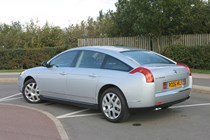
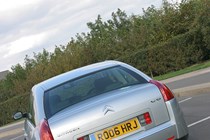
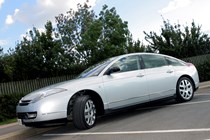


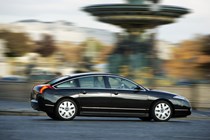
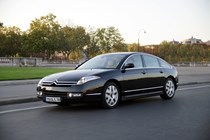
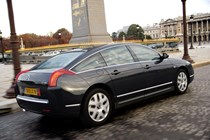
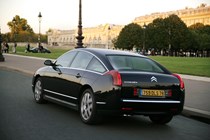
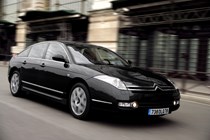
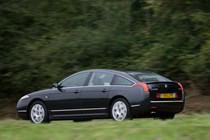
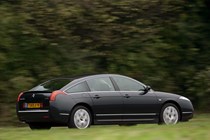
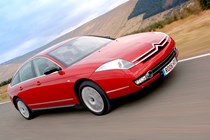

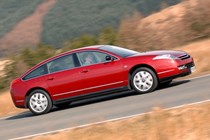
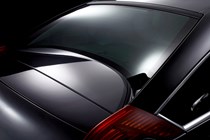
.jpg)
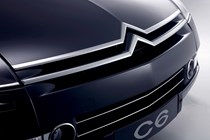
.jpg)
.jpg)
.jpg)
.jpg)
.jpg)
.jpg)
.jpg)
.jpg)

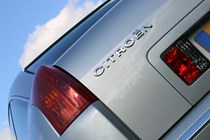
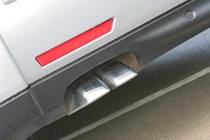


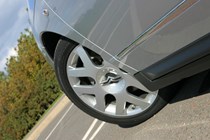
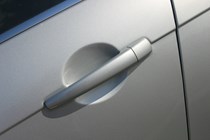
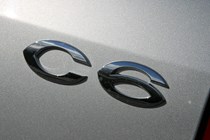
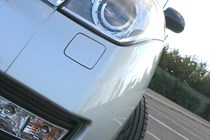
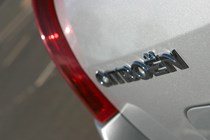
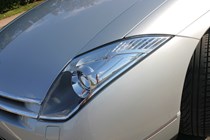
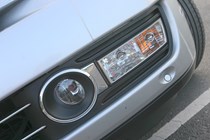
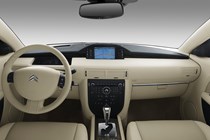
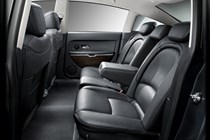

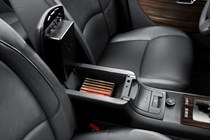
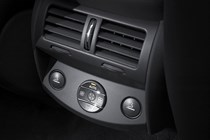
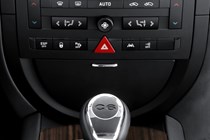


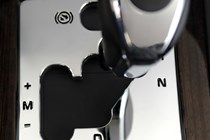
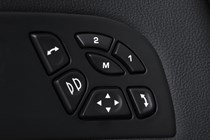
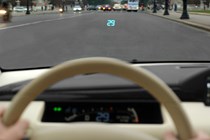
.jpg)
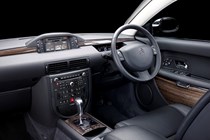
.jpg)
.jpg)
.jpg)
.jpg)
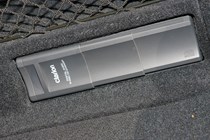
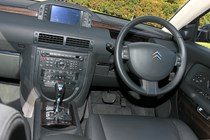
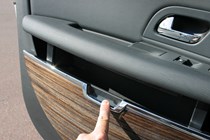
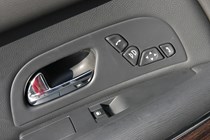
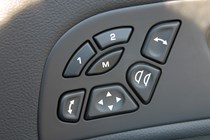
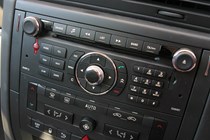
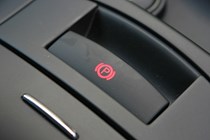
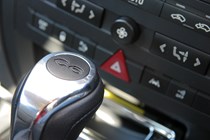
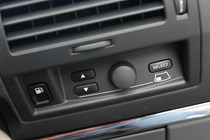
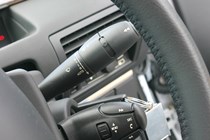
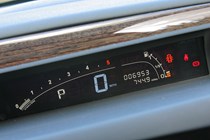
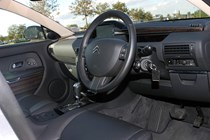
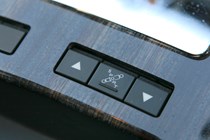
.jpg)
.jpg)
.jpg)
.jpg)
.jpg)
.jpg)












.jpg?quality=50)
.jpg?quality=50)
.jpg?quality=50)
.jpg?quality=50)
.jpg?quality=50)
















.jpg?quality=50)

.jpg?quality=50)
.jpg?quality=50)
.jpg?quality=50)
.jpg?quality=50)
.jpg?quality=50)
.jpg?quality=50)
.jpg?quality=50)
.jpg?quality=50)























.jpg?quality=50)

.jpg?quality=50)
.jpg?quality=50)
.jpg?quality=50)
.jpg?quality=50)













.jpg?quality=50)
.jpg?quality=50)
.jpg?quality=50)
.jpg?quality=50)
.jpg?quality=50)
.jpg?quality=50)